Pop art emerged as a movement that directly responded to the rising culture of consumerism and mass culture, pushing the boundaries of what was traditionally considered art. During the movement, artists took inspiration from ordinary, everyday objects to imitate popular culture within artistic mediums. Because Pop art largely deviated from conventional forms of art, using bold colors, symbols, wit, and irony to provide social commentary, the movement famously became regarded as “anti-art.”
Where It Came From
Pop Art originated in England in the mid-1950s as a reaction to Abstract Expressionism which was seen as an extremely rigid and pretentious art form by many artists. The movement was initiated by a group of artists who called themselves ‘The Independent Group’, led by Eduardo Paolozzi. This group wanted to take elements of pop culture and recreate them to be more accessible to the mass audience, blurring the lines between what was then known as high art and low art. These artists borrowed heavily from American popular culture to critique societal norms of the time. The Pop Art movement soon made its way to America with the expansion of pop culture post World War II. In America, Andy Warhol became the face of the Pop Art movement whose work revolutionized the art industry forever.
Once you ‘got’ Pop, you could never see a sign again the same way again. And once you thought Pop, you could never see America the same way again.
―Andy Warhol
Pop Arts Impact on Art
Pop Artists took everyday objects and elevated popular culture to the status of fine art. The art form drew a lot from images, symbols, logos, and consumer goods, prompting artists to incorporate banal, everyday objects into their masterpieces. Uniqueness held no importance in the Pop Art movement and artists started putting a great emphasis on creating work that could be reproduced and replicated over and over again. Collage Art was extremely popular among Pop Artists along with comic-strip-inspired images to construct new parameters of what could and couldn’t be defined as art.
Art is what you can get away with.
―Andy Warhol
Pop Arts Impact on Culture
Pop Art started paving the way for young and emerging artists growing up in the age of capitalism to produce work by appropriating famous images and moments in pop culture. The influence of the movement also translated into the business and entertainment industry; where visual advertisements became used as tools to critique the capitalist system. Pop Art challenged traditional ideas of art and placed it within the context of the ordinary public, making art accessible to all kinds of people rather than just the elite class.
Fashion wasn’t what you wore someplace anymore; it was the whole reason for going.
―Andy Warhol
Pop Art looks out into the world. It doesn’t look like a painting of something, it looks like the thing itself.
―Roy Lichtenstein
Pop Arts Impact on Fashion
The Pop Art movement had a major impact on the fashion industry and prompted designers to start using bright, bold colors and create fashion pieces rooted in the practice of consumerism. Brands like Yves Saint Laurent started replicating Pop Art paintings by artists like Andy Warhol onto clothing items, further promoting this entire idea of replication that Pop Art thrived on. This once again blurred the lines between high and low culture by allowing all kinds of people to wear clothing with renowned artworks reproduced on it.
I’ve always enjoyed feeling a connection to the avant-garde, such as Dada and surrealism and pop art. The only thing the artist can do is be honest with themselves and make the art they want to make. That’s what I’ve always done.
―Jeff Koons
Pop Arts Impact on Music
Like many trends, Pop Art also had a massive impact on the music industry, especially in terms of visuality. Andy Warhol himself was a musician and manager for The Velvet Underground in 1966. They basically were the house band for Andy Warhol’s art collective known as “The Factory.” Warhol started taking his Pop Art practices over to the music world and created Pop Art-inspired graphic album art for bands, singers, and musicians like The Rolling Stones, Diana Ross, and Thelonious Monk. Record sleeves, clothes, concerts, and even the sound of pop itself were changed forever as musicians started representing the same ideas that the art form did. Warhol himself started curating multimedia shows where he would project his artwork along with live music performances, bright flashing lights, and dancers — a structure that’s being followed in stadium tours and music festivals even to this day.
Looking to explore more art genres? Head over to JoeLatimer.com for a multidisciplinary, visually stunning experience. ☮️❤️🎨
Enjoy this blog? Please help spread the word via:



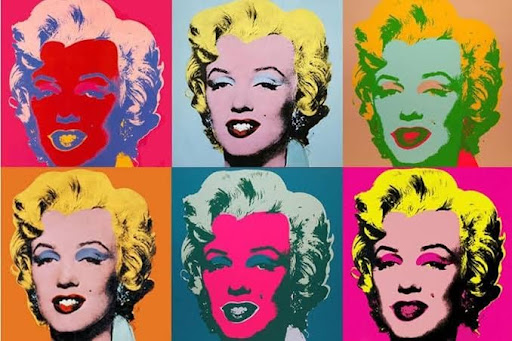
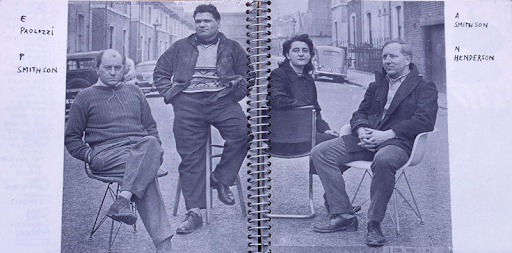
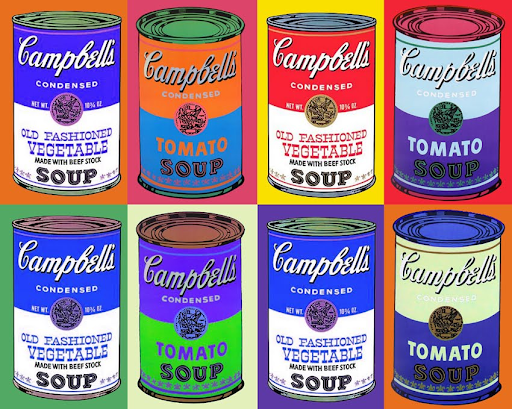
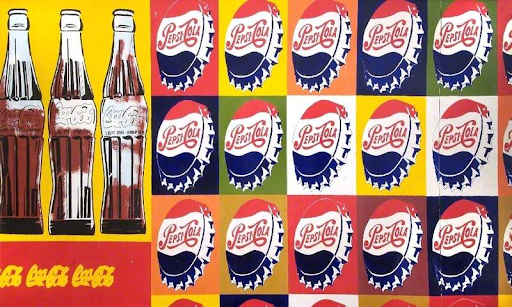
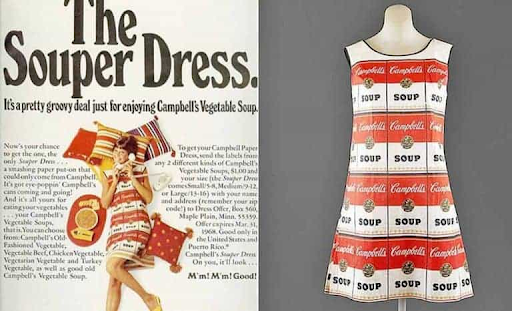
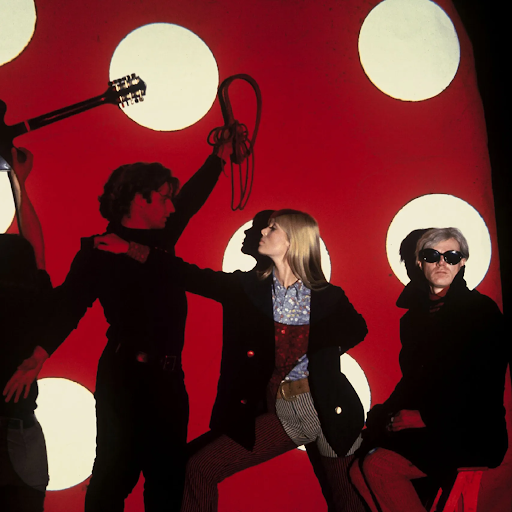
2 Comments